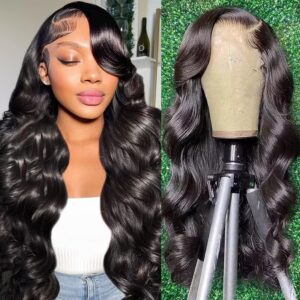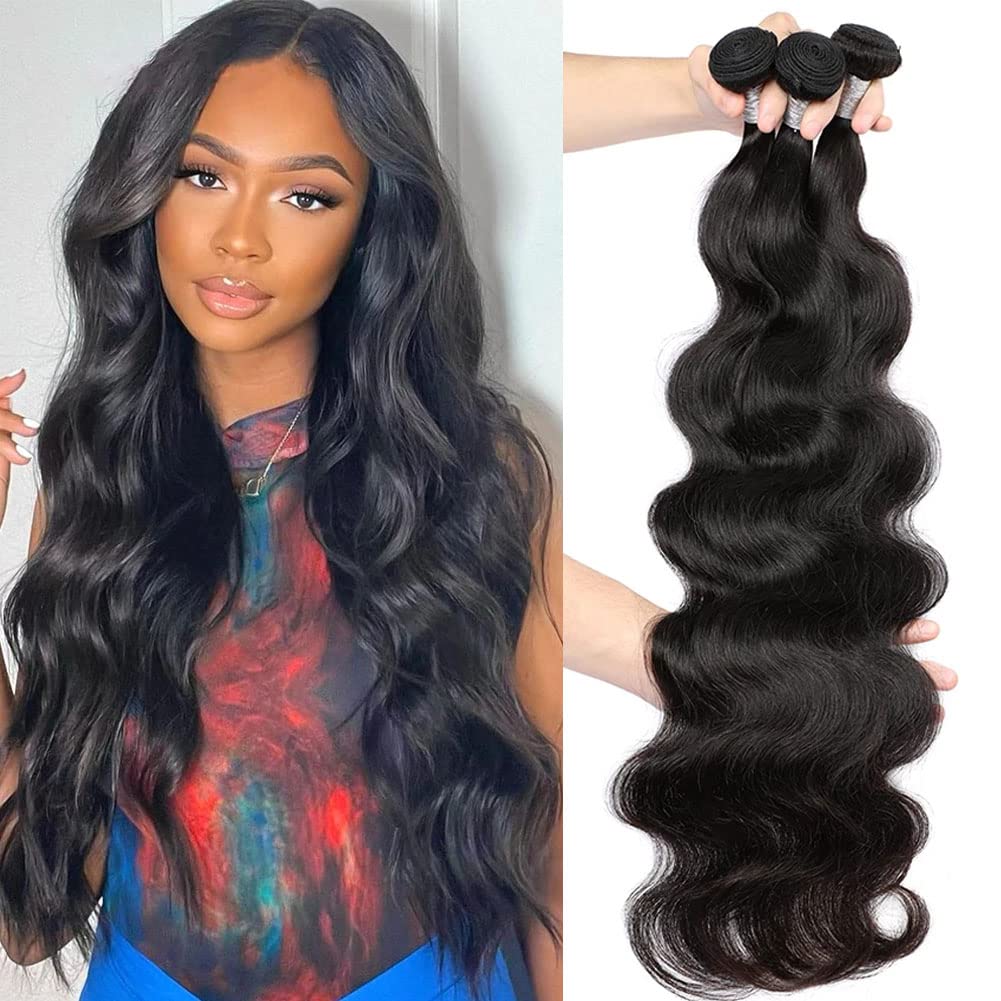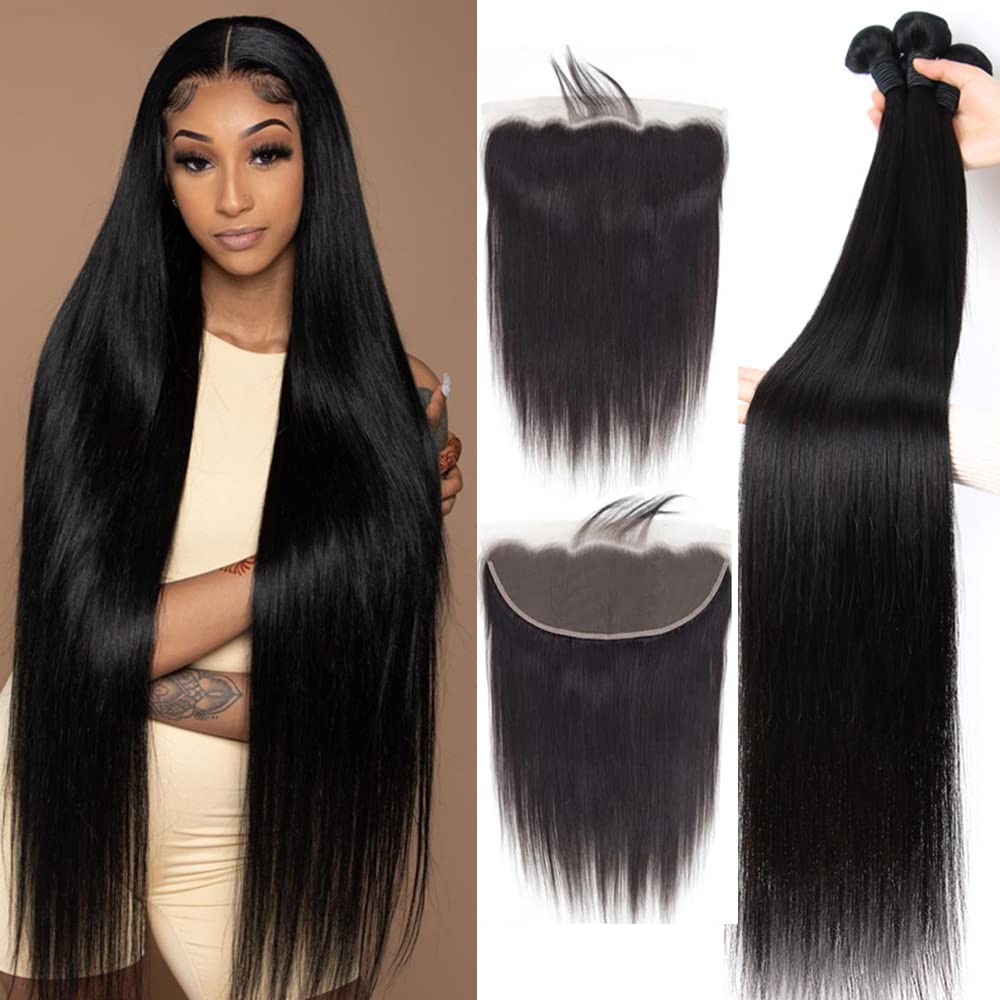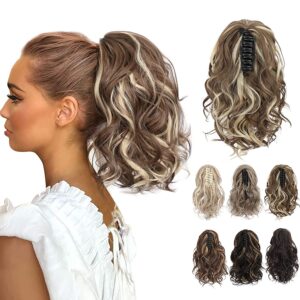People dye human hair wigs for various reasons. It allows individuals to change their hairstyle or color without permanently altering their natural hair. Dyeing the wig can also help match it with their existing hair for a seamless look. Additionally, it can be used to cover up gray or unwanted hair, restoring a more youthful appearance. However, it’s important to use proper techniques and products designed for wigs to ensure the best results and minimize damage. Seeking professional assistance is recommended for a successful and safe dyeing process.
Dyeing a human hair wig can be done using different methods, each requiring specific tools. The two common methods are watercoloring and direct application.
Watercoloring involves dipping the wig into a mixture of hot water and dye, while direct application involves using a dye brush or hands to apply color directly on the wig. Watercoloring is quicker but requires protective measures for the lace and knots. Direct application gives more control over coloring but can be time-consuming for full coverage.
Step 1. Get Tools Ready
To begin the dyeing process, gather the necessary tools: hair dye, developer, a mixing bowl, a mixing brush or spoon, gloves, an applicator brush or comb, plastic wrap or aluminum foil, and a towel for cleanup.
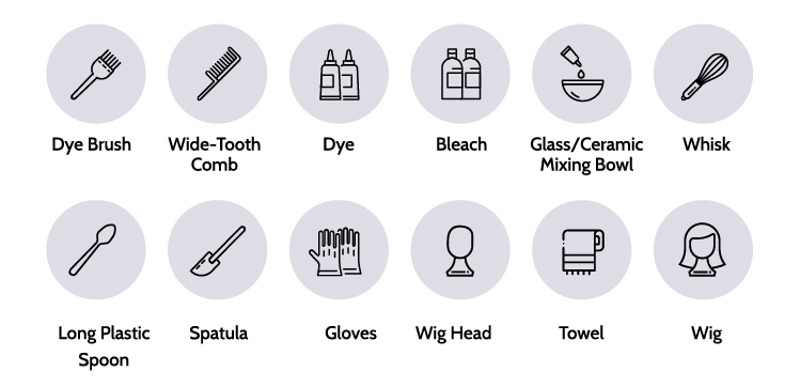
Step 2. Choose The Dye And Developer
When choosing the right dye and developer for a human hair wig, there are a few factors to consider. First, select a dye that matches your desired color. It’s important to choose a shade that complements your skin tone or matches your personal style. Additionally, opt for a professional-grade hair dye to ensure high-quality results. Secondly, choose a developer that is appropriate for your desired level of color intensity. The developer determines how light or dark the color will appear. It’s essential to follow the recommended dye-to-developer ratio mentioned on the packaging to achieve the best outcome. By carefully selecting the right dye and developer, you can ensure that your human hair wig will be dyed to perfection.

Step 3. Prepare The Wig
Detangling the hair using a wide-tooth comb, gently working through any knots or tangles. Once the hair is smooth and tangle-free, secure the wig onto a wig head or mannequin to make it easier to work with. This will allow you to have better control and access to the entire wig during the dyeing process. Additionally, take precautions to protect the wig’s cap, lace, and any non-hair areas by covering them with plastic wrap or aluminum foil. This will prevent any accidental staining or damage to these parts while applying the dye.
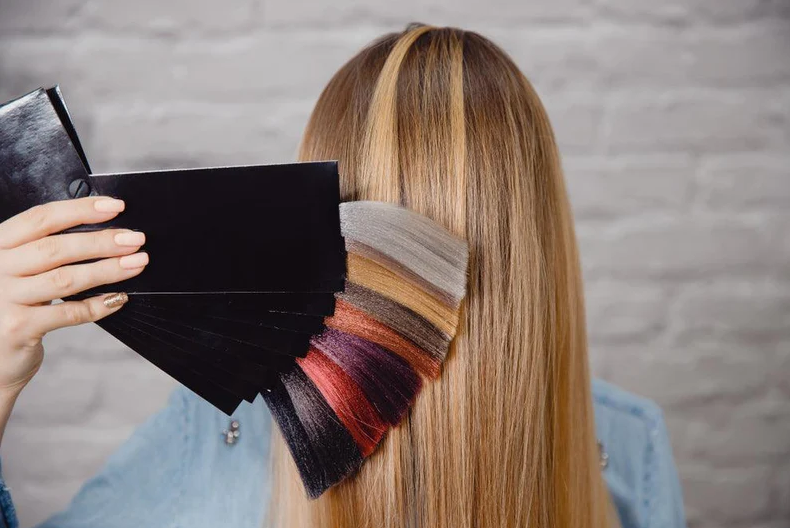
Step 4. Wash And Dry The Wig
Skipping the conditioner, to remove any chemicals or styling products that may be present. After washing, allow the wig to fully dry either by air drying or using proper techniques such as blow-drying. It is recommended to wash the wig a couple of days before dyeing to ensure ample drying time, as this will help the dye adhere better to the hair strands and result in more even and vibrant color application.

Step 5. Mix The Dye
It is crucial to thoroughly mix the dye according to the instructions provided. This involves combining the dye and developer in the recommended ratio and stirring them together until they are well blended. It is essential to achieve a uniform mixture to ensure consistent color application and prevent any patchy or uneven results. Take care to follow the specific instructions provided by the dye manufacturer, including the recommended mixing time. By properly mixing the dye beforehand, you can ensure that the color will be evenly distributed throughout the wig during the dyeing process.
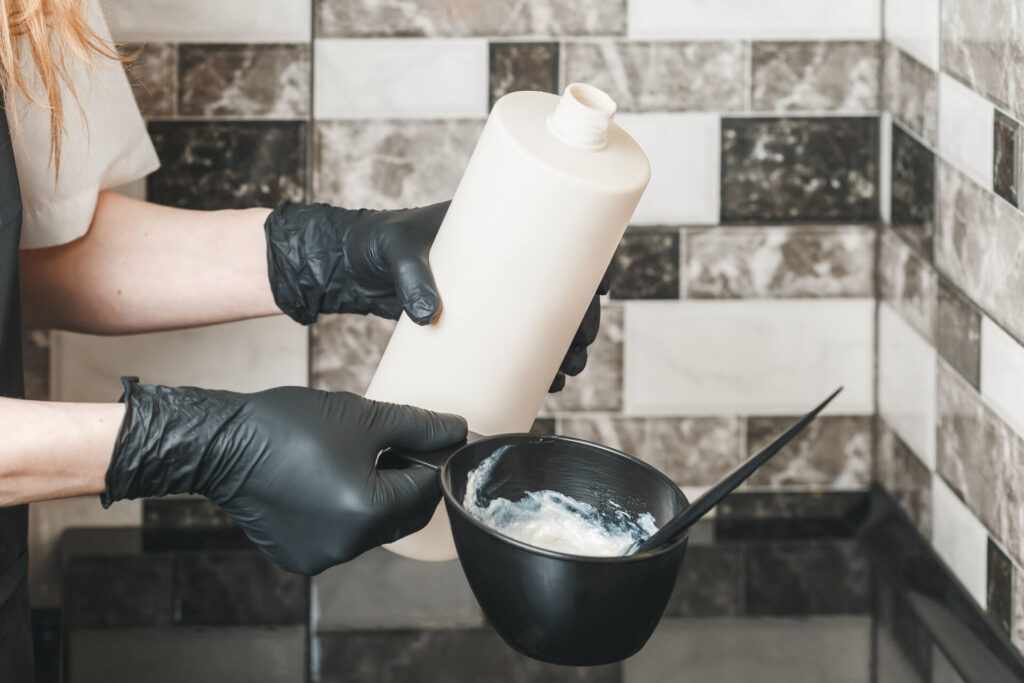
Step 6. Perform A Strand Test
It is highly recommended to perform a strand test before applying the dye to the entire wig. To do this, take a small section of hair from the wig and apply the mixed dye to it. Allow the dye to process according to the recommended time mentioned on the dye packaging. After the processing time is complete, rinse the strand thoroughly and assess the color result. This strand test will help you determine if the color achieved matches your desired outcome and if any adjustments to the dyeing process or timing are necessary. Performing a strand test ensures that you can make any necessary tweaks before dyeing the entire wig, resulting in a more satisfactory end result.

Step 7. Apply The Dye
Sectioning the wig into manageable parts using clips or hair ties. Take a small amount of the mixed dye and apply it to one section of the wig at a time, starting from the roots and working your way down to the ends. Use a dye brush or gloved hands to evenly distribute the dye throughout the hair strands, ensuring full coverage. Continue this process until all sections of the wig are covered with the dye. Once applied, follow the recommended processing time mentioned on the dye packaging before rinsing thoroughly.

Step 8. Allow The Dye To Set
This typically involves leaving the dye on the wig for a specified amount of time(30-40 minutes), as indicated by the dye manufacturer’s instructions. During this time, it is crucial to avoid disturbing the dye or exposing the wig to excessive moisture. You can cover the wig with a plastic shower cap or wrap it in plastic wrap to help retain heat and promote better color absorption. Once the recommended processing time has elapsed, carefully rinse the wig with cool water until the water runs clear, ensuring that all excess dye is removed.
Step 9. Wash And Dry the Wig Again
Start by rinsing the wig thoroughly with cool water until the water runs clear. Then, apply a gentle shampoo specifically formulated for colored hair and gently massage it into the wig, ensuring to cover all areas. Rinse out the shampoo thoroughly and follow up with a conditioner designed for colored hair, applying it from the mid-lengths to the ends. Leave the conditioner on for a few minutes before rinsing it off. Once the wig is clean, gently squeeze out any excess water and pat it dry with a clean towel. Allow the wig to air dry completely before styling or storing it. This washing and drying process helps maintain the vibrancy of the color and keeps the wig looking its best.
After washing and drying the wig, it will be clean, refreshed, and ready to be styled or worn with a renewed, natural appearance.
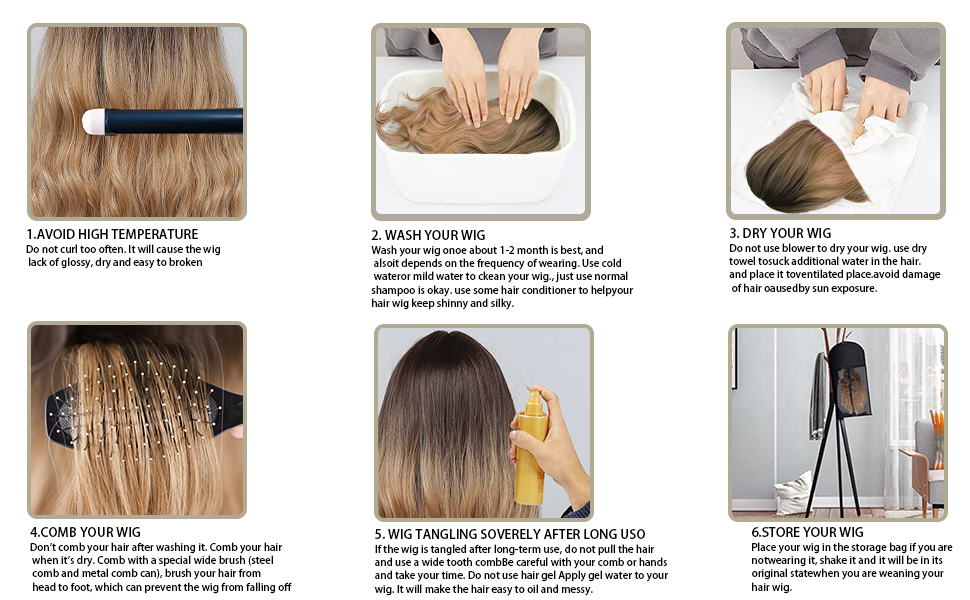
Step 10. Choose The Wig That Holds Color

Virgin Hair
Virgin hair refers to hair that has not been chemically processed or treated. It is sourced directly from a donor and retains its natural state. When it comes to dyeing wigs for the best results, nothing compares to virgin, human hair. Virgin hair refers to hair that has not undergone any chemical processes such as perming, dyeing, coloring, or bleaching. It retains its natural state, making it highly absorbent and perfect for achieving vibrant hues. If you’re looking to dye a human hair wig that will last, virgin hair is the ideal starting point.
Remy Hair
Remy hair is collected and processed in a way that keeps the hair strands aligned in the same direction, maintaining the cuticle integrity. This type of hair is also known for its ability to hold color effectively, similar to virgin hair. Remy hair is often considered a higher quality option and can provide excellent color results.
Non-Remy Hair
Non-remy hair is hair that has been collected from various sources and may not have the cuticles aligned in the same direction. Due to the lack of uniformity, non-remy hair may have a lower ability to hold color compared to virgin or remy hair. However, with proper dyeing techniques and care, non-remy hair can still achieve satisfactory color results.
Synthetic Hair
Synthetic hair is made from synthetic fibers that are manufactured to resemble natural hair. Unlike human hair, synthetic hair has limitations when it comes to color retention. Synthetic hair is typically pre-colored during the manufacturing process, and attempting to dye it with traditional hair dyes may not yield desired results. Synthetic hair wigs are available in a wide range of colors and shades, but they are not as customizable as human hair wigs in terms of color changes.

